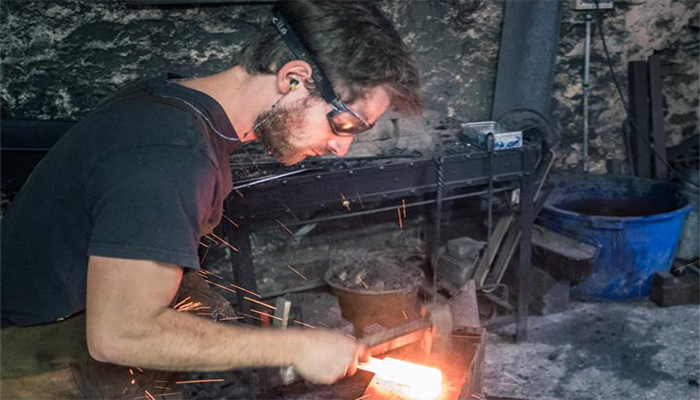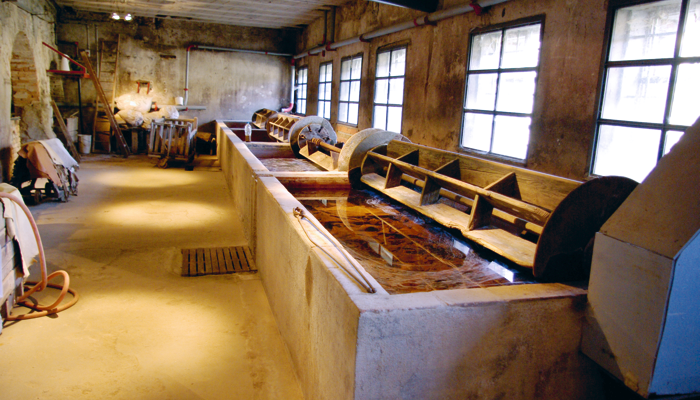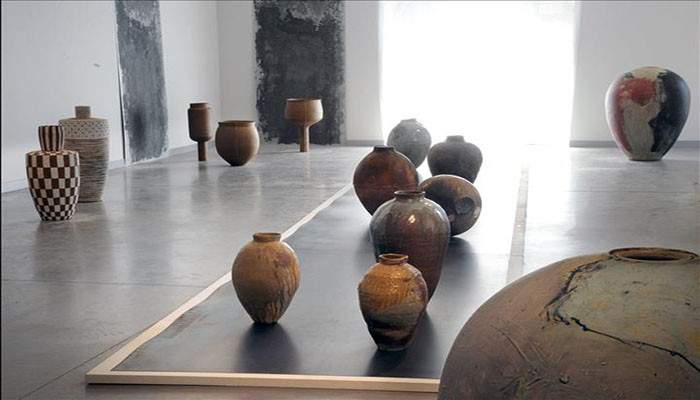Where we are and what is around us!
Hidden behind the foothills of the Massif Central, looking towards both the Mediterranean and Aquitaine, the Tarn is an inexhaustible source of change of scenery.

Cordes sur Ciel
Admirably preserved, the medieval city of Cordes sur Ciel seems to emerge straight from a fairy tale. Perched on a promontory, sheltered by powerful gates, between heaven and earth. This fatal beauty has a first-rate heritage. The 14th century mansions tell the story of the prosperity of the bourgeoisie of the time, enriched by the trade in leather, canvas and pastel.
In the steep alleys lined with art galleries and shops with flower-filled fronts, one experiences the strange and exhilarating feeling of going back to times gone by.
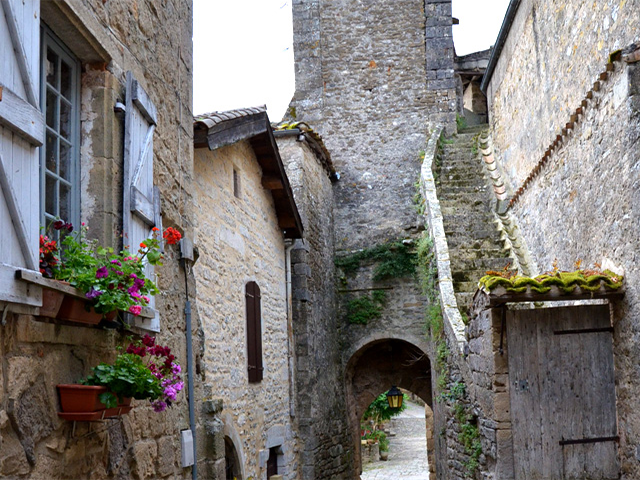
Penne
The village of Penne is a miniature Cordes-sur-Ciel. Walking along its cobbled and flowery streets, one is dazzled by the beauty of the architectural heritage.
It is no wonder that artists and gallery owners seek to settle there.
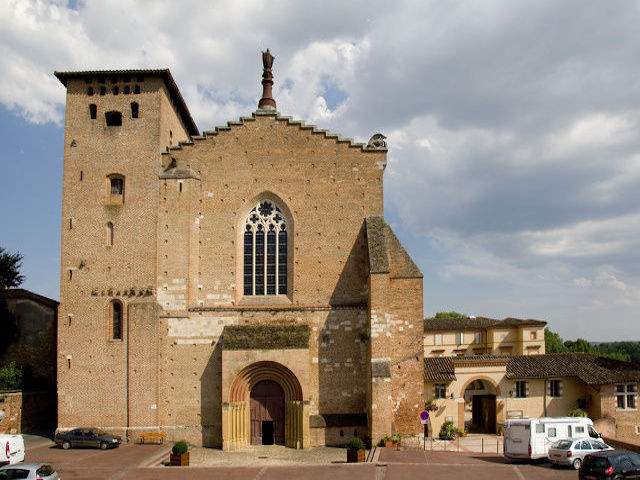
Saint-Michel Abbey
Very close to the Tarn River, the Saint-Michel abbey church, built from the 10th century (then restored in the 17th and 18th centuries) in red brick, is the pride of Gaillac.
It has a magnificent neo-Romanesque portal (added in 1849), with remarkable voussoirs.

Albi Cathedral
A stone's throw from the sumptuous cathedral, the harmonious district of the banks of the Tarn, with its smart pink and ochre houses reflected in the river, immerses visitors in the intimacy of another era.
Interior view of Albi Cathedral
In the nave of Albi Cathedral, the vault is decorated with splendid paintings in rich colours dominated by blue and gold tones. They were created at the beginning of the 16th century by Italian artists.
Toulouse Lautrec Museum
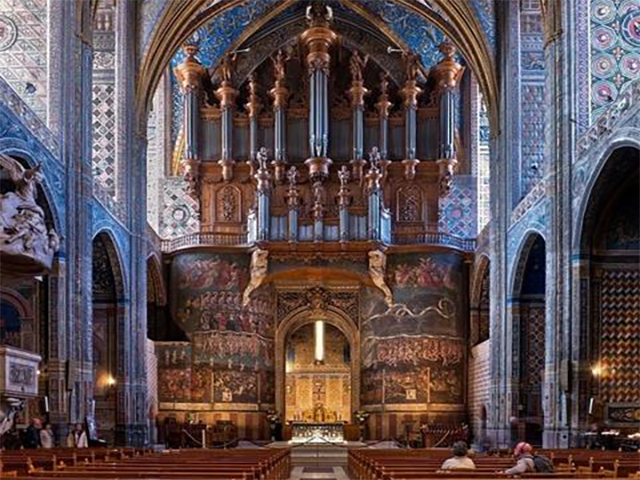
Gothic Window.
There it is, offered to the gaze, full frame. Masterful, radiant, haughty. Albi Cathedral, the largest brick church in the world, radiates the entire city with its powerful stature. This monumental masterpiece of southern Gothic, whose construction began in 1282, was intended to reaffirm the authority of the Catholic Church, then strongly contested by the "Cathar heresy".
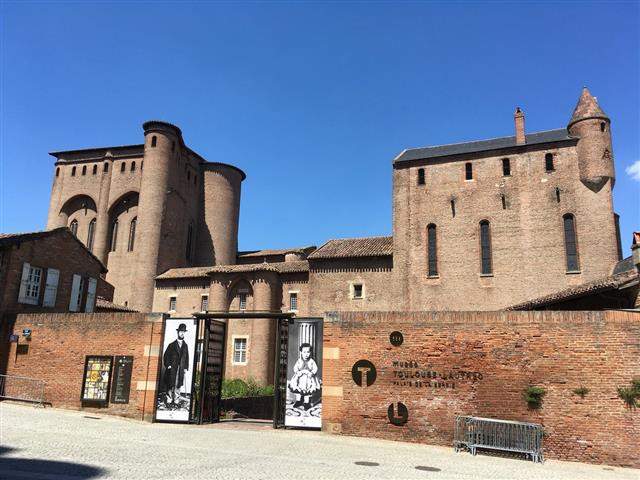
Toulouse Lautrec
Housed in the prestigious setting of the Palais de la Berbie, the Toulouse-Lautrec Museum brings together the world's largest collection of works by this artist born in Albi in 1864.
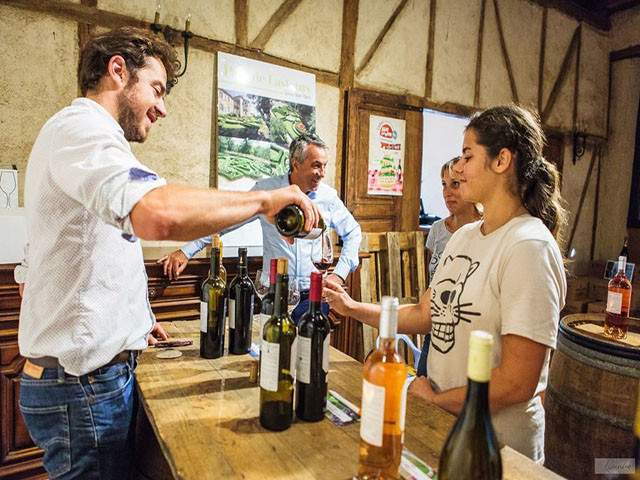
Land of Plenty.
We leave Albi by the west to reach Gaillacois, an Eden where the art of eating well and, even more, of drinking well is skillfully cultivated.
Cultivated from the 10th century by Benedictine monks, the local vineyard flourishes on the chalky hillsides that undulate around Gaillac, a charming town of character located on the banks of the Tarn.
In the villages that ensure the reputation of this terroir, there is no shortage of opportunities to taste a glass of the appellation. Sparkling, sweet, red, white or rosé, it doesn't matter... this little wine delights the palate and gently entices the senses.

Cirou Bridge
From Cordes, we continue towards the north-east, beyond Carmaux, to the borders of Aveyron. This little-known territory, including for the Tarnais, hides a nugget of raw nature: the Viaur gorges.
This very steep-sided valley, not very easy to access, has long served as a border between Languedoc and Gascony, Albigeois and Rouergue. A wild and harsh in-between, almost intimidating, especially in autumn when the fresh breath of the Viaur forms a thick mist that surrounds the valley. Secondary roads and paths lead to breathtaking viewpoints.
At the Cirou bridge, you can enjoy the medieval charm of the hamlet built on either side of the Viaur. Built in the 14th century, the work of art consists of six semicircular arches and a hump in its center.
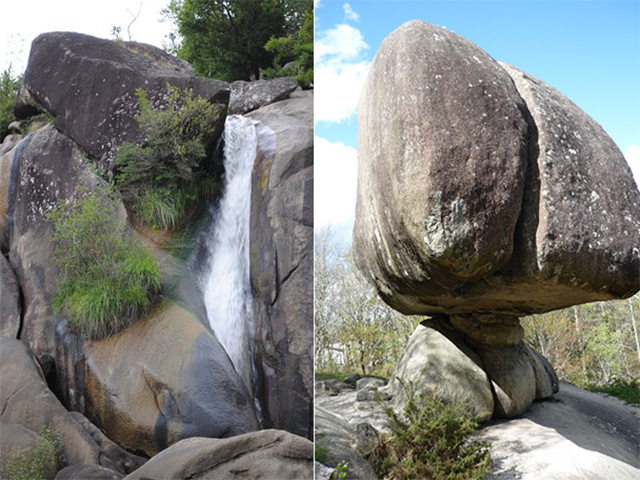
Granite Blocks Emerge
It's time for a change of scenery and atmosphere. Let's enter the Sidobre by taking the winding D58 from Castres, in the south of the department. In this mysterious massif perched at an average altitude of 650m, granite reigns supreme. Amidst the dark sylvan fur of oaks and chestnut trees, colossal granite blocks emerge, grouped in places as if they wanted to defend themselves from an invisible enemy. Remains of a gigantic magmatic flow, these chaotic masses were shaped by the slow and complex alchemy of erosion. Their convoluted shapes fire the imagination. Hence the evocative names some are given: the Elephant, the Three Cheeses, the Hat of Napoleon ...
Among the walks not to be missed, the one that leads to the Saut de la Truite waterfall: a trickle of water winds through the granite blocks, stacked like giant cup-and-ball games.

Let's finish with some remarkable commercial activities that are worth a visit, such as:
The Giroussens ceramics center which offers a permanent exhibition of works by dozens of artisans from the region.
Still in Giroussens, a visit to the Martels garden, a 3.5 ha space which showcases more than 2,500 varieties of plants and now some rustic animals formerly raised on farms
In Milhars, the workshop "Le marteau et l'enclume" where Milan Gravier makes custom-made forged knives
The Missègle company in Burlats, one of the last knitting workshops where we manufacture natural fiber items renowned for their high quality
The house of leather trades in Graulhet where you can discover the secrets of centuries-old know-how in this former tannery.
